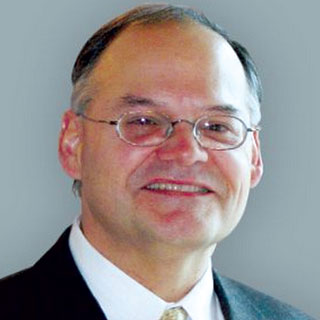
Until recently, patients or their surrogate decision-makers – usually their adult children – relied on word-of-mouth, driving distance, bed availability, affordability, and the recommendations of physicians and social-workers in selecting a nursing home. That paradigm is beginning to shift.
In a recent study published in the April 2016 issue of the journal Health Affairs, the vast majority of consumers attempted to use the Internet in making their nursing home selection. Google and Yelp were not particularly helpful. Most interviewees were not even able to recall the sites they viewed.
Curiously, very few of the interviewees were aware of the Center for Medicare& Medicaid Services (CMS) Nursing Home Compare. The site was redesigned in 2008 to make it more user-friendly, distilling staffing ratios, regulatory compliance, and several quality measures down to a 5-star rating system – a very basic form of benchmarking. In the opinion of some, the presentations of the data went from being too arcane to too simple, and in neither case were they viewed as particularly usable in making real-life decisions.
An interesting adaptation of CMS Nursing Home Compare was presented in that same issue, where decision-makers were presented with an interactive application that constructed a customized report card based on consumer-selected attributes. The study revealed those things that were most important to patients and families: physical therapy staffing ratios, nurse staffing ratios, attention to pain relief, and compliance with state safety regulations. Perhaps more importantly, individual consumers valued attributes differently. It turns out that consumers preferred to choose the data they needed.
The nursing home industry is also embracing this movement toward “big data” and consumerism. Long-term care has a storied history of data reporting through strict state regulations and the mandatory Minimum Data Set standard. But the focus is unquestionably shifting to action on that data, not only to prepare for the upcoming wave of Internet-savvy shoppers for long-term care services, but also due to financial penalties attached to the new CMS QAPI (Quality Assurance & Performance Improvement) initiative.
An example of a long-term care organization embracing the new marriage of data benchmarking and performance improvement was Pittsburgh Regional Health Initiative’s partnership with the Vincentian Collaborative System in southwestern Pennsylvania. Vincentian, a 3-facility faith-based organization, had attained 4-star overall status on CMS Nursing Home Compare, with 5-stars in clinical quality improvement. But a deep dive into the data showed that their performance was uneven across their sites.
Inserting PRHI Lean coaches as observers into everyday workflow, the elements that drove performance excellence were identified, to be then disseminated throughout the Vincentian system. This effective application of Positive Deviance thinking was only attainable because of the availability of effective benchmarking tools.
Benchmarking is just one of the factors that drive organizational improvements. Some others are regulatory pressure, operational crises, and an internal culture of continual improvement. Benchmarking based on peer comparisons has the advantage that it shows what is possible in practice, not just in theory, by explicit juxtaposition to peer groups that are seen as similar. But benchmarking generally has been held back by two obstacles: the lack of data and the lack of automation. The data explosion in all markets is removing one obstacle. The emergence of automated benchmarking engines, as exemplified at OnlyBoth.com, can now be said to have removed the other obstacle, just as the emergence of web search engines two decades ago completely transformed the process of information seeking.
Besides the obvious benefits of reduced costs, benchmarking engines reduce the pressures to limit the number of performance metrics, as well as to limit the considered peer groups, to a very few, in order to make the task humanly manageable. Instead, automation removes these inherent biases, just like search engines removed the bias of narrowly looking in a few specific places for information.
If data is public, as in the case of nursing homes and hospitals, then benchmarking engines can serve both as guided nudges, written in perfect English, toward organizational self-improvement, and as consumer checks on providers.
The future looks like this: In all areas in which organizational data on outcomes is collected and made public by regulatory pressures, the comparative performance of organizations will be straightforward to evaluate. It will remain the task of human experts to figure out when something is a problem, whether it should be addressed now, what fixes are available, and which is the best fix to undertake, because the reasoning that underlies such judgments is very broad in scope and context, and hence less amenable than benchmarking to software-based automation.
Keith T. Kanel, M.D., is the chief medical officer at Pittsburgh Regional Health Initiative. Raul Valdes-Perez, Ph.D., is the CEO and co-founder of OnlyBoth Inc.




